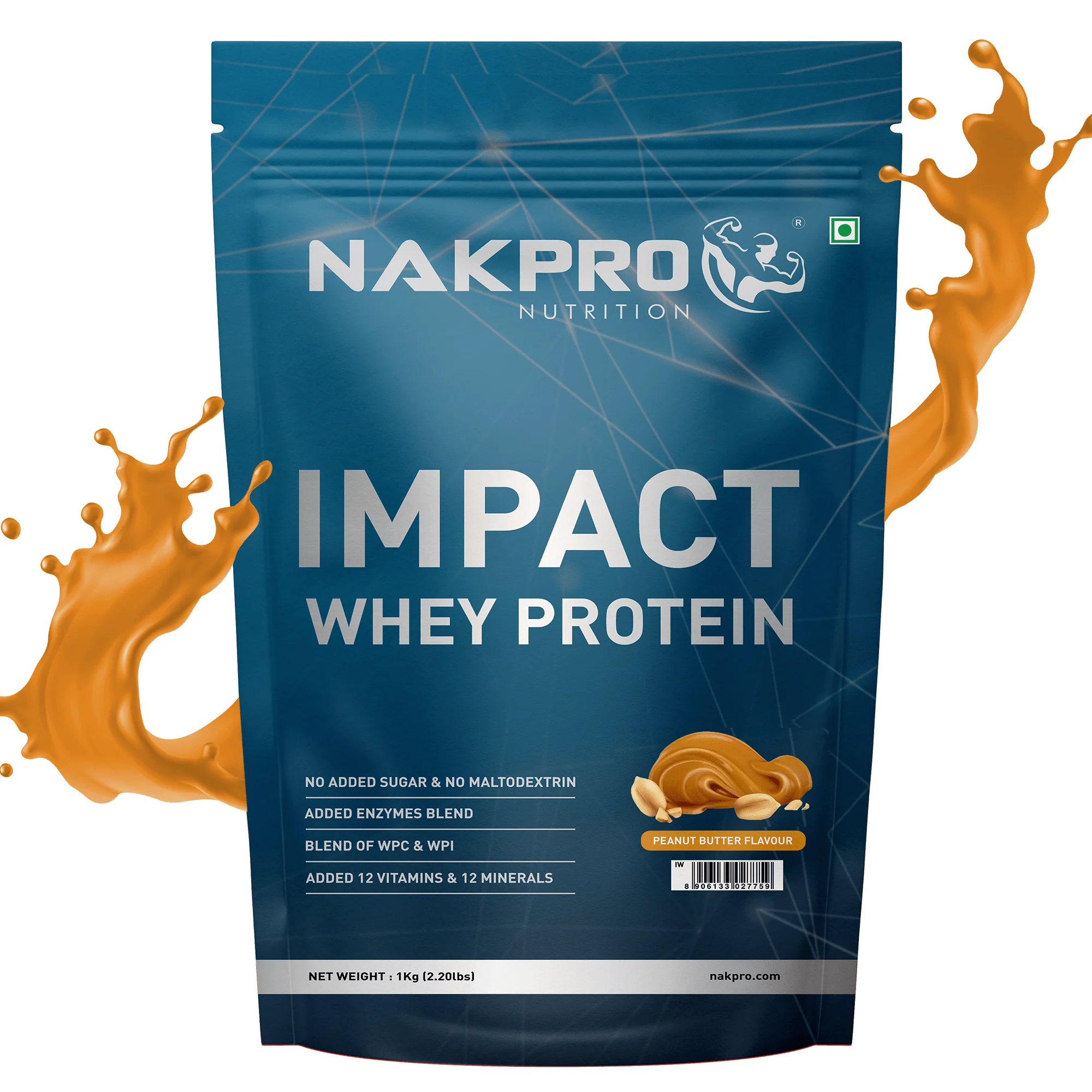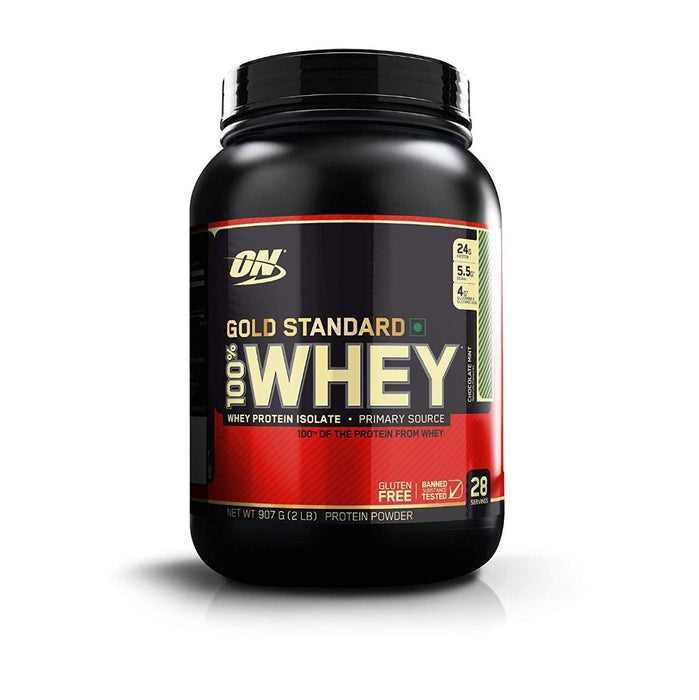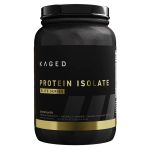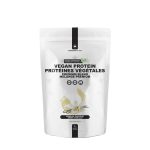Introduction: The Importance of Protein in Nutrition
Why Protein is Essential
Protein is a vital macronutrient required for numerous bodily functions, including muscle building, tissue repair, hormone production, and immune support. It serves as the building blocks for enzymes and cells, making it crucial for overall health and wellness. Protein’s role extends beyond physical benefits; it also contributes to satiety and weight management by promoting feelings of fullness. Given its critical functions, ensuring an adequate whey protein powder intake is essential for anyone, from athletes and fitness enthusiasts to those simply looking to maintain a healthy lifestyle.
Rising Popularity of Protein Supplements
In recent years, protein supplements have gained immense popularity, driven by increasing awareness of health and fitness. Among these, whey protein powder stands out due to its high quality and effectiveness. It’s embraced by both athletes and everyday individuals seeking to enhance their nutritional intake. Whey protein’s convenience, versatility, and rapid absorption rate make it a staple in many diets. This article explores the multifaceted benefits of whey protein powder, its types, how to use it effectively, and considerations for choosing the right product.
What is Whey Protein Powder?
Origin and Production Process
Whey protein is derived from milk during the cheese-making process. When milk is coagulated, it separates into solid curds and liquid whey. This liquid whey contains proteins, lactose, vitamins, and minerals. The whey is then processed to remove fats and carbohydrates, leaving behind concentrated protein. This whey protein undergoes several filtration methods to produce different forms, such as whey concentrate, isolate, and hydrolysate. These forms may vary in their protein content, absorption rates, and lactose levels, but all retain the essential protein benefits.
Types of Whey Protein
There are three primary types of whey protein: concentrate, isolate, and hydrolysate. Whey protein concentrate (WPC) contains around 70-80% protein and retains more fats and lactose. It’s typically less processed and retains more beneficial nutrients. Whey protein isolate (WPI) is more refined, containing about 90% protein with minimal fat and lactose, making it suitable for those with lactose intolerance. Whey protein hydrolysate (WPH) is predigested, meaning its proteins are broken down into smaller peptides, leading to faster digestion and absorption. Each type has its unique advantages, catering to different dietary needs and preferences.

Benefits of Whey Protein Powder
Muscle Growth and Repair
Whey protein powder is renowned for its ability to promote muscle growth and repair. Rich in essential amino acids, particularly leucine, it provides the necessary building blocks for protein synthesis, the process through which muscles repair and grow. Post-workout, whey protein’s rapid absorption helps quickly deliver these amino acids to the muscles, supporting recovery and growth. Studies have shown that whey protein supplementation can enhance muscle mass and strength when combined with resistance training, making it an indispensable tool for athletes and fitness enthusiasts.
Weight Management and Satiety
Whey protein can be a valuable ally in weight management. High-protein diets are known to promote satiety, reduce hunger, and decrease overall calorie intake. Whey protein enhances the release of appetite-suppressing hormones like peptide YY and GLP-1, making it easier to control cravings and portion sizes. Additionally, whey protein’s thermogenic effect means the body expends more energy digesting and metabolizing protein compared to fats and carbohydrates. Incorporating whey protein into meals and snacks can support weight loss efforts by helping maintain muscle mass and boosting metabolism.
How to Use Whey Protein Powder Effectively
Optimal Timing and Dosage
The timing of whey protein consumption can influence its effectiveness. Consuming whey protein post-workout is widely recommended due to its rapid absorption, which aids in muscle recovery and growth. However, whey protein can also be beneficial as a pre-workout supplement to provide amino acids for energy and muscle preservation. The appropriate dosage varies based on individual goals, activity levels, and dietary needs. Generally, a serving size of 20-30 grams of whey protein is sufficient for most people, but athletes or those with higher protein requirements may need more. Consulting with a nutritionist can help tailor the dosage to specific needs.
Incorporating Whey Protein into Your Diet
Whey protein powder is incredibly versatile, making it easy to incorporate into various meals and snacks. The most common way to consume whey protein is by mixing it with water or milk to create a shake. However, it can also be blended into smoothies, added to oatmeal, or mixed into yogurt for a protein boost. Whey protein can be used in baking to add nutritional value to pancakes, muffins, and protein bars. Experimenting with different recipes helps keep your diet interesting and ensures you meet your protein intake goals without monotony.

Choosing the Right Whey Protein Powder
Understanding Labels and Ingredients
When selecting a whey protein powder, it’s crucial to read and understand the labels and ingredients. Look for products with minimal additives, artificial sweeteners, and fillers. The primary ingredient should be a form of whey protein (concentrate, isolate, or hydrolysate), with a higher protein content per serving. Check for certifications such as NSF Certified for Sport or Informed-Sport, which ensure the product is free from banned substances and contaminants. Understanding ingredient lists and choosing transparent brands helps ensure you are consuming a high-quality and safe protein supplement.
Considering Dietary Restrictions and Preferences
Individuals with specific dietary needs should consider these when choosing a whey protein powder. Those with lactose intolerance may prefer whey protein isolate or hydrolysate, which have lower lactose content. For those avoiding artificial sweeteners, look for naturally flavored or unflavored options. Some whey proteins are fortified with additional vitamins, minerals, or digestive enzymes to enhance their nutritional profile and digestibility. Researching and selecting a product that aligns with your dietary preferences and restrictions ensures optimal benefits and adherence to your nutritional goals.
Potential Drawbacks and Considerations
Allergies and Intolerances
While whey protein is generally considered safe for most people, it can cause issues for those with milk allergies or lactose intolerance. Symptoms may include gastrointestinal discomfort, bloating, and gas. Individuals with a known allergy to dairy should avoid whey protein and consider alternative sources like plant-based protein powders. For those with lactose intolerance, opting for whey protein isolate or hydrolysate, which contain lower levels of lactose, may help mitigate adverse effects. Consulting with a healthcare provider can help determine the best protein supplement for your specific needs.
Possible Overconsumption Risks
Overconsumption of whey protein can lead to potential health risks. Excessive protein intake can strain the kidneys, especially in individuals with pre-existing kidney conditions. It can also lead to imbalances in nutrient intake, displacing other essential nutrients in the diet. To prevent overconsumption, it’s essential to calculate your daily protein needs based on factors like age, weight, and activity level. Balancing protein intake from various sources, including whole foods like meat, fish, eggs, and legumes, ensures a well-rounded and nutritionally complete diet.

Conclusion: Harnessing the Power of Whey Protein
Integrating Whey Protein into a Balanced Diet
Whey protein powder is a powerful tool for enhancing nutrition, supporting muscle growth, aiding in weight management, and promoting overall health. Its high bioavailability and rapid absorption make it an ideal protein source for various dietary goals. However, it is important to integrate whey protein into a balanced diet that includes a variety of nutrient-dense foods. Whole foods provide essential vitamins, minerals, and fiber that supplements alone cannot offer. Using whey protein as a complement to, rather than a replacement for, whole foods ensures a nutritious and balanced approach to health and fitness.
Making Informed Choices for Your Health
Choosing the right whey protein powder involves understanding your nutritional needs, reading labels carefully, and considering dietary preferences and restrictions. By being informed about the types of whey protein available, their benefits, and their potential drawbacks, you can make choices that align with your health goals. Consulting with healthcare professionals, such as dietitians or nutritionists, can provide personalized guidance tailored to your specific needs. Embracing whey protein as part of a comprehensive and informed approach to nutrition can lead to better health outcomes and an enhanced quality of life.


